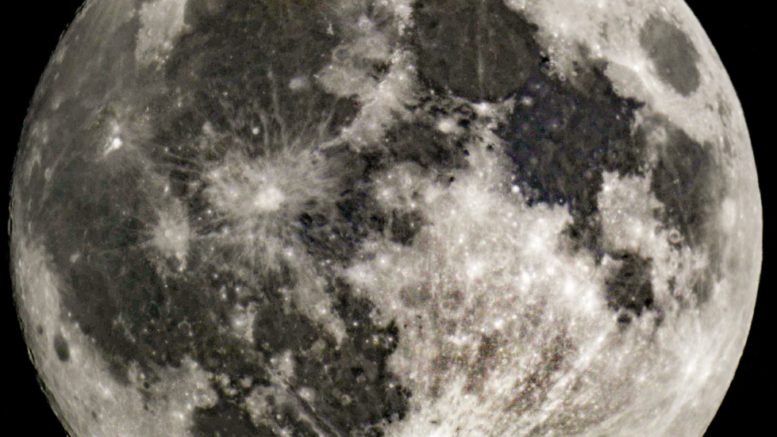Although it brings an end to summer and a start of the autumn season, September is still a wonderful time to go observing. The Milky Way is still widely observable to the naked eye in the Western sky and students are returning to school. The fall harvest begins in September and the trees start to become more colorful, which is why the full moon of September is called the Corn Harvest Moon.
Meaning Behind The Name
Welcome to the September article about the name behind the full moon! It is important to be aware that the Full Moon nearest the autumn equinox is named the Harvest Moon. During the month closes to the Harvest Moon, the Moon helps the farmers by providing more light at the right time than other Full Moons do. This is crucial to civilizations that rely upon the food for their winter food supplies.
The month that gets the moon designated as “Harvest Moon” changes and in years when the Harvest Moon falls in October, the September full Moon is usually known as the Full Corn Moon. When September is known as the Full Corn Moon, it traditionally corresponds with the time of harvesting corn. It is also called the Barley Moon because this is the time to harvest and thresh the ripened barley.
Some other names and alternatives include:
-
- “Moon When the Plums Are Scarlet” by the Lakota Sioux Native Americans.
- “Moon When the Deer Paw the Earth” by the Omaha Native Americans.
-
- “Moon When the Calves Grow Hair” by the Sioux Native Americans
MOON FACTS & FOLKLORE
- Usually the Moon rises about 50 minutes later each day, but around the time of the autumnal equinox, it rises only around 30 minutes in the United States—even less in Canada.
- Frost occurring in the dark of the moon kills fruit buds and blossoms, but frost in the light of the moon will not.
Sources:

Leave a comment